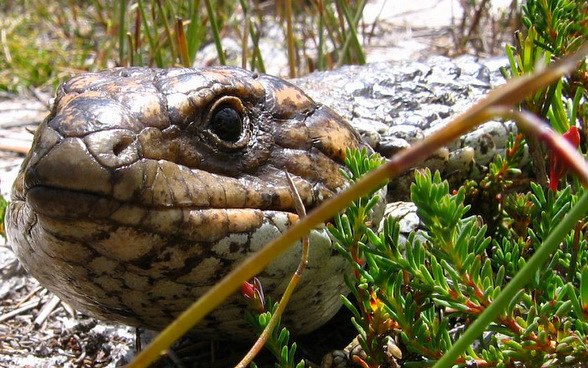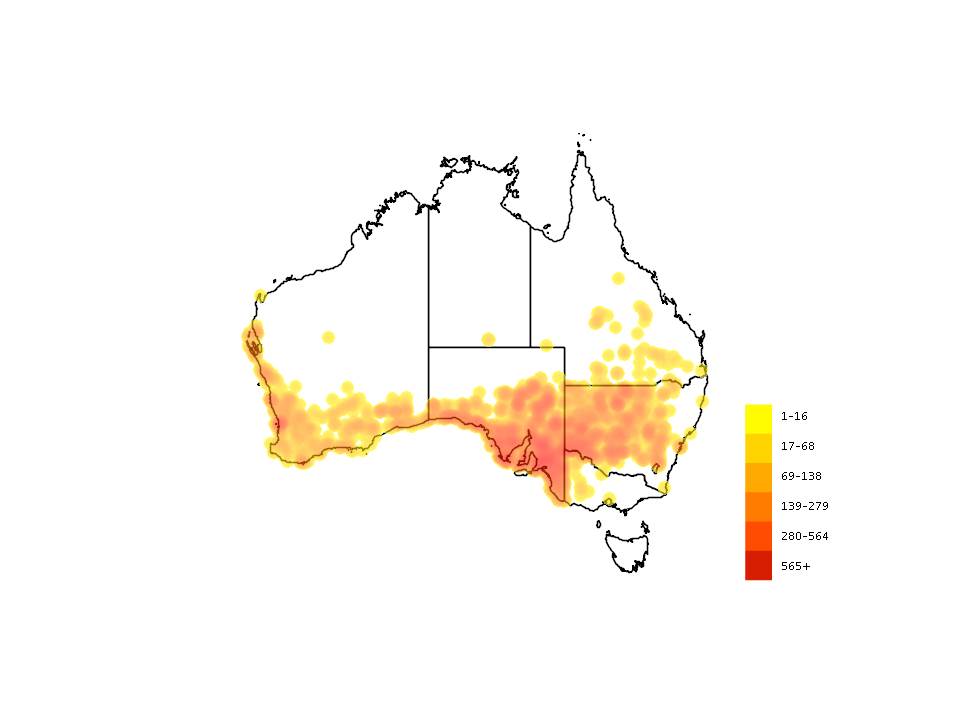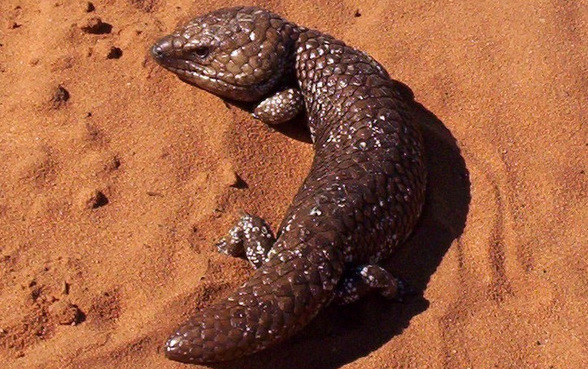Behaviour
Diet
Mostly things they can swallow such as plant material, especially fruit, insects, slugs, snails, faeces and dead animal carcasses including maggots.
Movement
Slow crawl unless startled.
Breeding
Bobtails live alone for most of the year but between September and November males pursue females and mating occurs. At this time males may fight aggressively among themselves. The same pairs may re-form in the mating season over several years.
Females give birth 3 - 5 months after mating, between December and April. They are able to breed every year if there is sufficient food. They give live birth to 2 or 3 young which are around 22 cm. The young are ready to look after themselves straight after birth and disperse within a few days.
Field Guide
Improve your identification skills. Download your Bobtail guide here!





